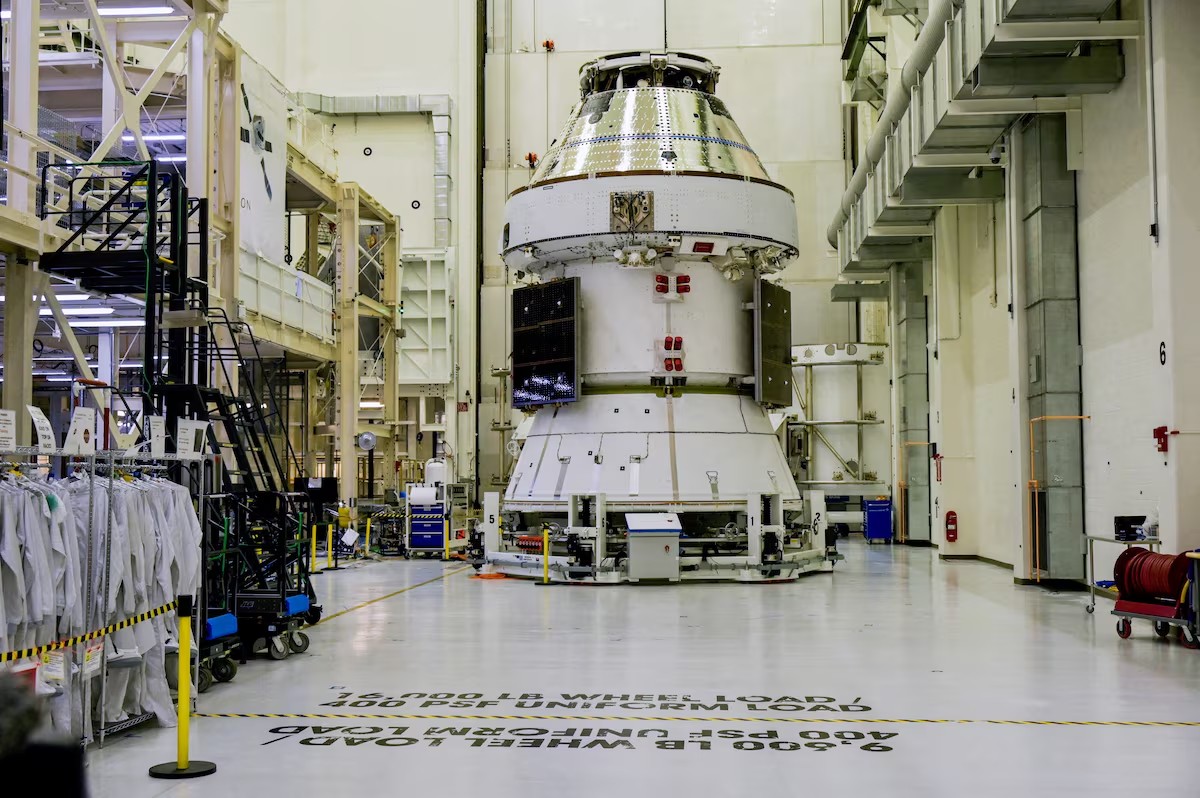NASA’s acting head, Sean Duffy, announced plans to reopen the Artemis III lunar lander contract due to SpaceX falling behind schedule, aiming to maintain a competitive edge over China in the renewed Moon race. The agency is seeking other companies like Blue Origin to ensure a timely lunar landing, targeted before 2029.
NASA’s Artemis mission, designed to return humans to the Moon and establish a sustainable presence, faces a significant turning point as acting NASA Administrator Sean Duffy revealed the agency’s intent to open the Artemis III lunar lander contract to competitors beyond SpaceX. SpaceX, holding a $2.9 billion agreement for the lunar lander, has experienced delays with its Starship program, jeopardizing NASA’s goal to beat China in the escalating space race.
Key highlights include:
-
SpaceX’s Starship, the designated lunar lander for Artemis III, is behind schedule after multiple test flight failures despite some recent successes. This delay risks missing the mission’s planned Moon landing around 2027–2028.
-
Duffy stressed urgency, highlighting that NASA will not solely rely on one provider but will competitively reopen the contract to include other aerospace firms that can deliver sooner.
-
Blue Origin, Jeff Bezos’ space company, which holds a separate contract for future Artemis missions, is a leading contender to assume responsibilities for Artemis III, with Duffy noting its readiness to support.
-
The Artemis program timeline is critical as China aims to land astronauts on the Moon by 2030, intensifying the strategic lunar race.
-
There are concerns about the technical challenges both SpaceX and Blue Origin face, particularly related to new technologies such as in-orbit refueling for lunar landers, which have never been attempted.
-
Duffy reaffirmed the commitment from the U.S. administration, including President Trump, to achieve a Moon landing before January 20, 2029—the end of his presidential term.
-
While SpaceX has not formally responded to these developments, Duffy acknowledged the company’s impressive capabilities but emphasized that NASA cannot afford delays.
-
Additional aerospace firms like Lockheed Martin and Dynetics could also participate in the renewed bidding process, though specifics are not yet clear.
This shift represents a strategic move by NASA to keep pace in what is being dubbed the second space race, ensuring the United States remains a leader in lunar exploration and expands human presence beyond Earth. The Artemis III mission marks a historic return to crewed Moon landings, the first since the Apollo era, intended to set the foundation for future Mars missions.
Sources: CNN, CNBC, Euronews, Times of India, Moneycontrol, The New York Times

